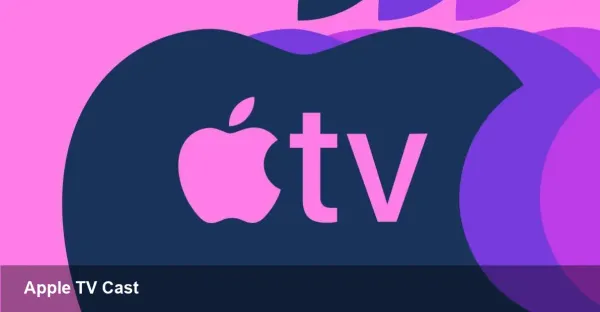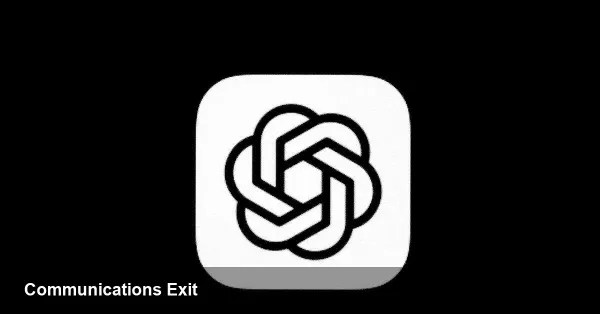SpaceX's Shocking Double Launch You Missed Overnight
Key Highlights:
- Rapid-Fire Launch: SpaceX successfully launched two Falcon 9 rockets from Florida's Space Coast just 3 hours and 35 minutes apart.
- Near-Record Pace: The event marked the company's second-fastest turnaround time between two launches from Cape Canaveral.
- Constellation Growth: A total of 58 new Starlink V2 Mini satellites were deployed, pushing SpaceX's orbiting constellation to nearly 9,000 satellites.
- Veteran Booster: The mission featured the 24th flight of a single Falcon 9 first-stage booster, B1078, which landed successfully for another reuse.
In an astonishing display of operational efficiency, SpaceX lit up the Florida sky twice in one night, executing two Falcon 9 launches in a breathtakingly short window and reminding everyone why they dominate the launch industry. The back-to-back missions solidified the company's reputation for relentless pace and reusability.
A Night of Twin Triumphs
The stunning sequence began late Friday night when the Starlink 6-89 mission lifted off from the historic pad 39A at NASA’s Kennedy Space Center at 10:08 p.m. EST. Before the Space Coast could settle, a second Falcon 9 rocket for the Starlink 6-85 mission roared to life from the nearby pad 40 at Cape Canaveral Space Force Station at 1:44 a.m. EST on Saturday.
This remarkable 3-hour and 35-minute gap between the two launches stands as the second-fastest turnaround SpaceX has ever achieved from its Florida-based launch sites, a feat that demonstrates a level of launch cadence previously thought impossible.
Veteran Booster B1078 Flies Again
The second launch, Starlink 6-85, was carried aloft by the seasoned Falcon 9 booster B1078. This was the 24th time this particular first stage has flown to space, a testament to SpaceX's pioneering reusable rocket technology. Its impressive flight history includes high-profile missions such as Crew-6 for NASA and the USSF-124 national security mission.
Proving its reliability once more, the booster performed a perfect autonomous landing about 8.5 minutes after liftoff. It touched down on the ‘Just Read the Instructions’ droneship stationed in the Atlantic Ocean, ready to be refurbished for a future flight.
Expanding the Starlink Megaconstellation
Both missions carried identical payloads: 29 Starlink V2 Mini satellites each. The successful deployment of these 58 satellites further expands SpaceX's ambitious satellite internet service. With this latest addition, the total number of Starlink satellites in low Earth orbit is now approaching an incredible 9,000.
Weather conditions for the dual launches were nearly perfect, with the 45th Weather Squadron forecasting a greater than 95 percent chance of favorable conditions for both liftoffs, ensuring no delays to the tightly packed schedule. The back-to-back success underscores SpaceX's aggressive strategy to build out its global internet network and its unmatched ability to execute it.




